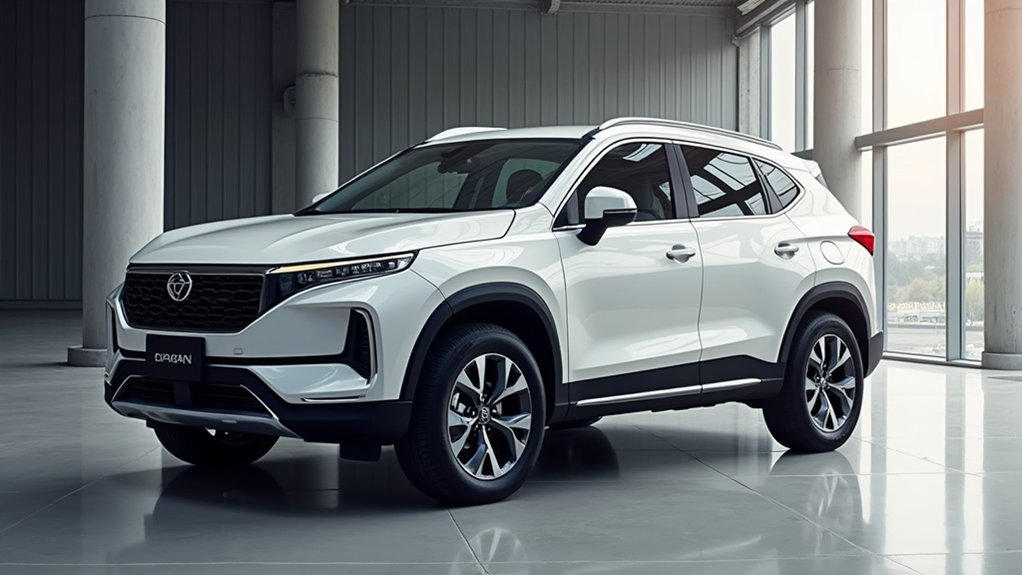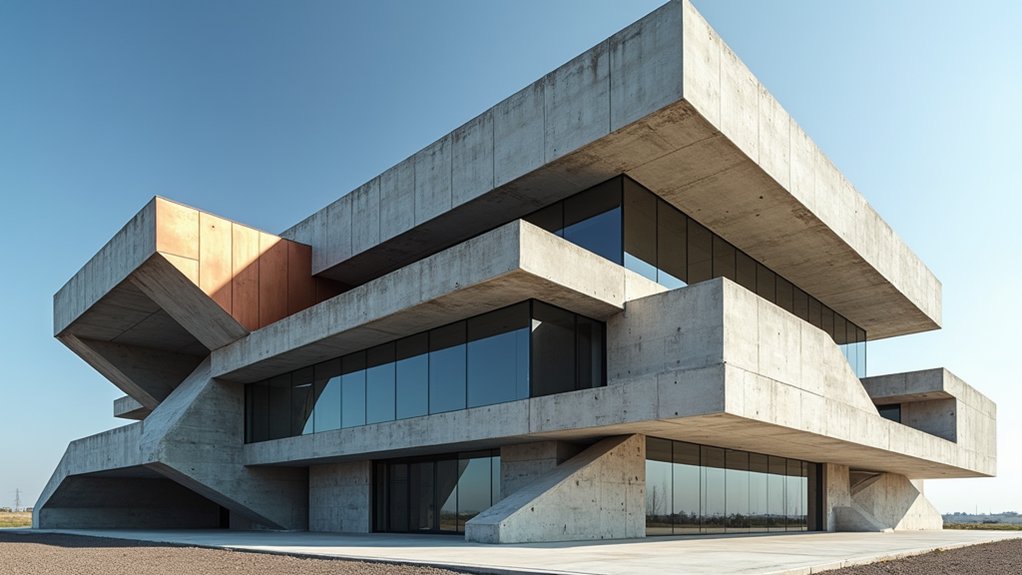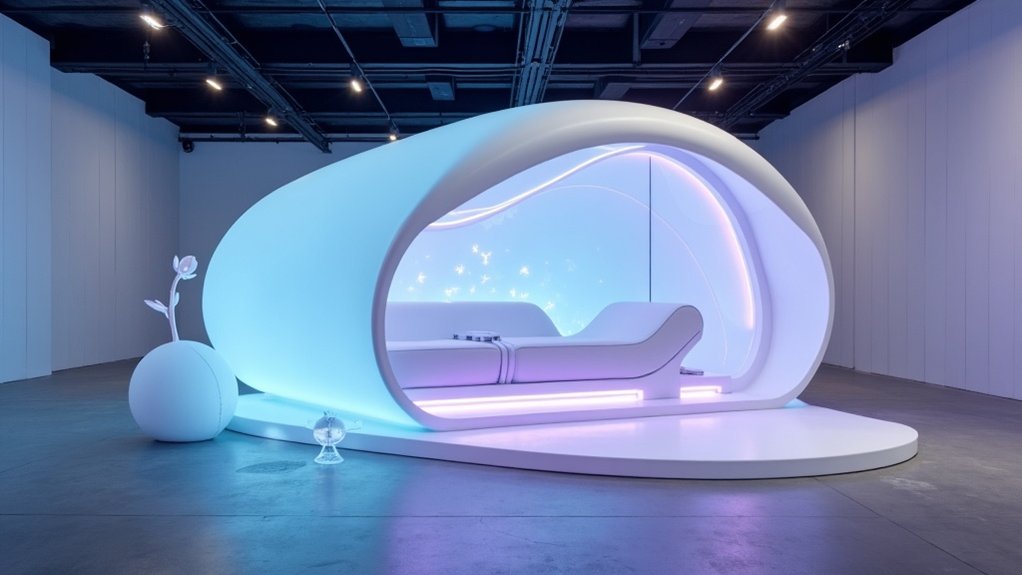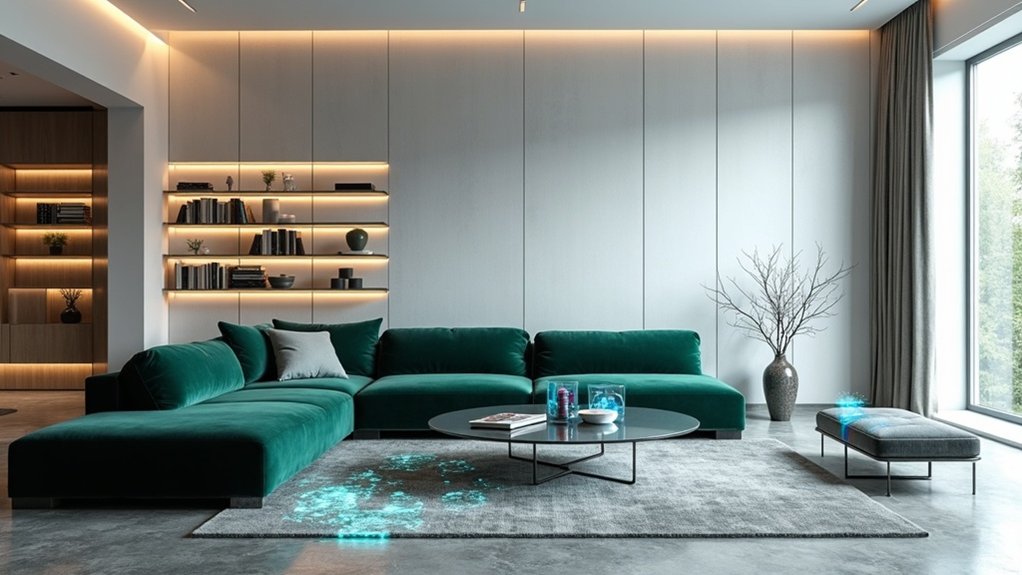While Changan‘s roots trace back to its 1862 founding as the Shanghai Foreign Gun Bureau, the company’s evolution into commercial vehicle design represents one of China’s most remarkable industrial transformations. The pivotal moment came in 1984 when Changan transitioned from military production to civilian vehicle manufacturing, launching its first commercial offerings – the SC112 mini van and SC110 mini truck.
The company’s strategic partnership with Suzuki Motor Corporation in 1984 proved instrumental in developing its mini vehicle expertise. This collaboration, coupled with domestic market insights, allowed Changan to capture nearly 40% of China’s mini car market share during its peak performance years. The introduction of the Changan Star in 1999 further cemented the company’s leadership in the mini car sector. The company later merged with Jiangling Machinery Manufacturing to enhance its engine production capabilities.
Technical innovation has been central to Changan’s design philosophy. The establishment of the National Key Laboratory of Noise and Vibration in 2006 and the activation of China’s first hydrogen internal combustion engine in 2007 demonstrate the company’s commitment to advancing vehicle technology. The company’s commitment to innovation extends to its plans to cease ICE production by 2025.
Changan’s commitment to innovation extends beyond design, pioneering breakthroughs in noise control and hydrogen engine technology for modern vehicles.
“Our focus on technical innovation has been the cornerstone of our design evolution,” noted a senior engineer from Changan’s research department.
The company’s global ambitions materialized with the establishment of its European Design Center in Turin, Italy, in 2003. This international presence, combined with domestic manufacturing capabilities across 12 global bases, has positioned Changan as one of China’s four major automobile groups.
By 2010, the company had become China’s fourth most-productive car manufacturer, producing 2.38 million units.
Today, Changan maintains distinct branding strategies for its commercial and consumer vehicles, retaining the traditional red-arch brand for commercial offerings while introducing a new logo for consumer products in 2010.
This dual-brand approach reflects the company’s understanding of diverse market segments and its commitment to targeted design solutions. With 40 years of automotive manufacturing experience and 22 automotive-related facilities, Changan continues to expand the limits of commercial vehicle design while maintaining its position as an industry leader in the Chinese automotive sector.









